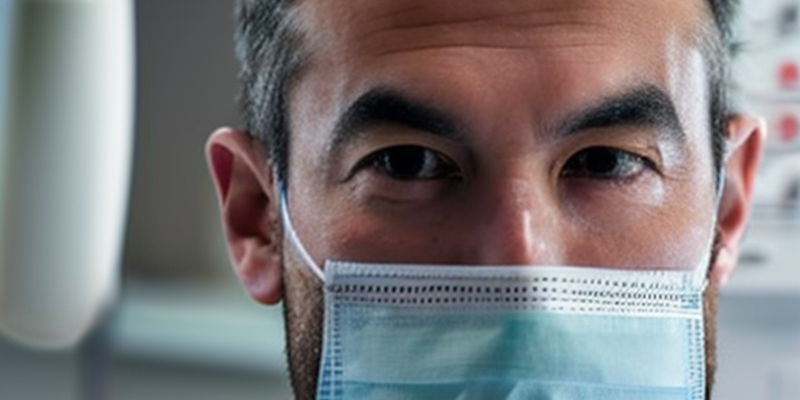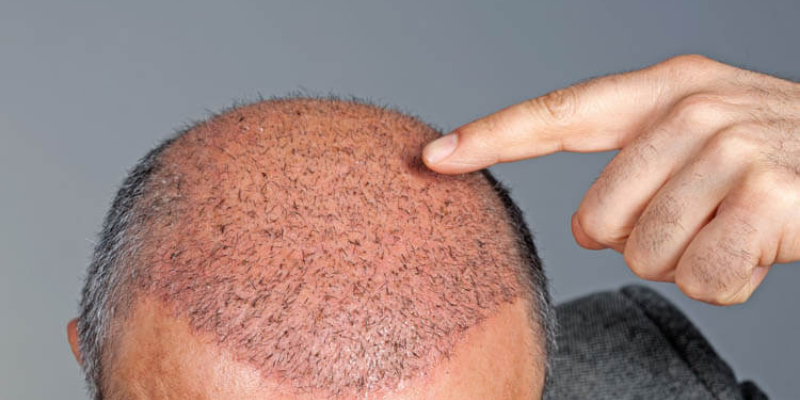How Long After FUE Hair Transplant Can I Exercise?
How long after FUE hair transplant can I exercise? One of the best and most recent ways to transplant hair is called Follicular Unit Extraction, or FUE. This method is used all over the world because the FDA and American dermatologists gave it their approval. The world calls this method “simple pocket extraction.”
Most people with a thinning scalp can benefit from the FUE hair transplant method. And most dermatologists recommend the SUPER FUE method for hair transplantation when the hair is very fine.
Most clinics have the tools they need to do FUE. This made it possible for anyone in this country to get a FUE hair transplant. Many people come to this country for a type of cosmetic surgery because they can find experienced surgeons there and medical care is cheap. Many of my patients who have had a hair transplant want to go back to working out, going to the gym, and lifting weights. When can you go?
How Long After FUE Hair Transplant Can I Exercise On Average?
During the first week after surgery, the main problem with exercise is keeping the blood pressure from changing quickly, which could hurt the implants. During the second week, the main thing to worry about is the tension and stress in the donor area, which could slow down the area’s healing.
In the first week after a hair transplant, you shouldn’t work out. Sudden changes in blood pressure can negatively affect implants. In the second week, you shouldn’t exercise either because it could affect how tight and stressed the donor area is. the FUT method, exercise and fitness can be done after this date. Using the FUE method, patients can do all exercises 6-7 days after the treatment is over.
What’s Good About FUE Hair Transplant?
You do not need complete anesthesia to perform the FUE hair transplant method. The FUE method has almost no side effects and can give you the best results that look natural.
First, the FUT method has risks, like leaving scars. FUT can also cause flesh wounds, skin that stays numb for a long time, and permanent pain in the donor area. With the FUE method, there is almost no chance that these side effects will happen. This is, of course, only true if you do it right and follow the instructions for aftercare.
Second, the FUE method doesn’t have any restrictions like the FUT method, which makes it hard to work out. Thirdly you will experience a very short recovery time and the treatment leaves no marks. Moreover the appearance of your hair will not change over time and the hair will look natural. If your scalp is stiff, you should use it.
How Long After FUT Hair Transplant Can I Exercise?
In the FUT method, the surgeon can only use the hair on the skin, but fine hair can be taken from the donor area. These hairs are usually thick and have many roots. Because the hair is thinner at the growth line, it is harder to make it look natural and pretty. With the FUE method, we don’t have to worry about this.
In conclusion, the FUE method really does give great, natural-looking results for hair transplants, and most people are happy with the results after the procedure.
How Are Hairs Transplanted?
Patients leave our office without a bandage after the procedure. If you wish, you can start wearing a baseball cap after 15 days. Most of the time, you can go back to work and other regular activities two to three days after the procedure. But if you want to be private, you might want to stay out of the public eye for five to seven days. With FUE, patients are usually feeling very good the next day. After 21 days, you can start full exercise.
So, pay close attention to what your body is telling you. If you still feel like your body is sensitive, start with a 15- to 20-minute walk on a treadmill. Most of the time, the transplanted hairs fall out in two weeks, leaving the person looking almost the same as before the surgery. Four months later, the hair starts to grow back.
Some patients come back a year or two later for more hair replacement to get more density or to cover a larger area. In other cases, a second procedure is only done years later if the hair loss got worse. Because hair loss usually gets worse over a person’s lifetime, we talk to them about preventive treatments like laser light, finasteride, oral or topical minoxidil, plasma PRP), and other treatments.
FUE Hair Transplant Cost
Rates for hair transplants can be very different. One patient may need less than 1,000 transplants, while another may need more than 4,000 transplants in two or more sessions. Without meeting with the patient in person, the prices for hair restoration can be hard to understand.
After surgery to put in new hair, there is a short break. Most people can go back to work and other normal activities within one to two days, and they can start exercising again after six days. Each graft falls off after seven to eight days, leaving behind a small crust. Also, hairs that have been transplanted usually fall out in two to three weeks and grow back in four months. As the hair keeps growing, it will get thicker and longer over time. In the end, it depends on what the patient wants. Sometimes, to get better coverage, you need a second procedure, which can’t happen until 10 months later.
Most of our patients know a lot about surgeons before they choose one. By talking to us, you can be sure that you’ll find out about all of your treatment options in a professional, private setting. When we work hard to get the best results, we gain confidence. If you go to this site, look at some of the thousands of before-and-after photos in our gallery, have a personal consultation in our office (basically via webcam), or look at your own photos, you’ll feel more sure about your decision. We’re here to help you through all of this.
How Important is Hair Transplantation After Care for Long-Term Results?
The hair transplantation is a standard and increasingly popular procedure that many men and women opt for to restore their natural hair. The procedure involves transferring healthy hair follicles from the back or sides of the scalp to balding areas. Although it is a relatively safe and straightforward procedure, take proper care of your hair after the surgery to ensure optimal results. The success of a hair transplant depends mainly on how well you take care of your scalp and newly transplanted hair follicles during the healing process. With proper hair transplantation after care, your hair may become smooth, firm, and even fall out. Here are some tips to help you maximize your hair transplant results and maintain your new look.

One of the most important steps in ensuring long-term success with a hair transplant is following your hair transplant surgeon ’s instructions for hair transplantation after care. Your doctor will likely provide you with detailed instructions for taking care of your scalp, including when and how often to wash it, as well as what products you should use. In addition, they may provide you with medications to reduce inflammation and help facilitate healing.



